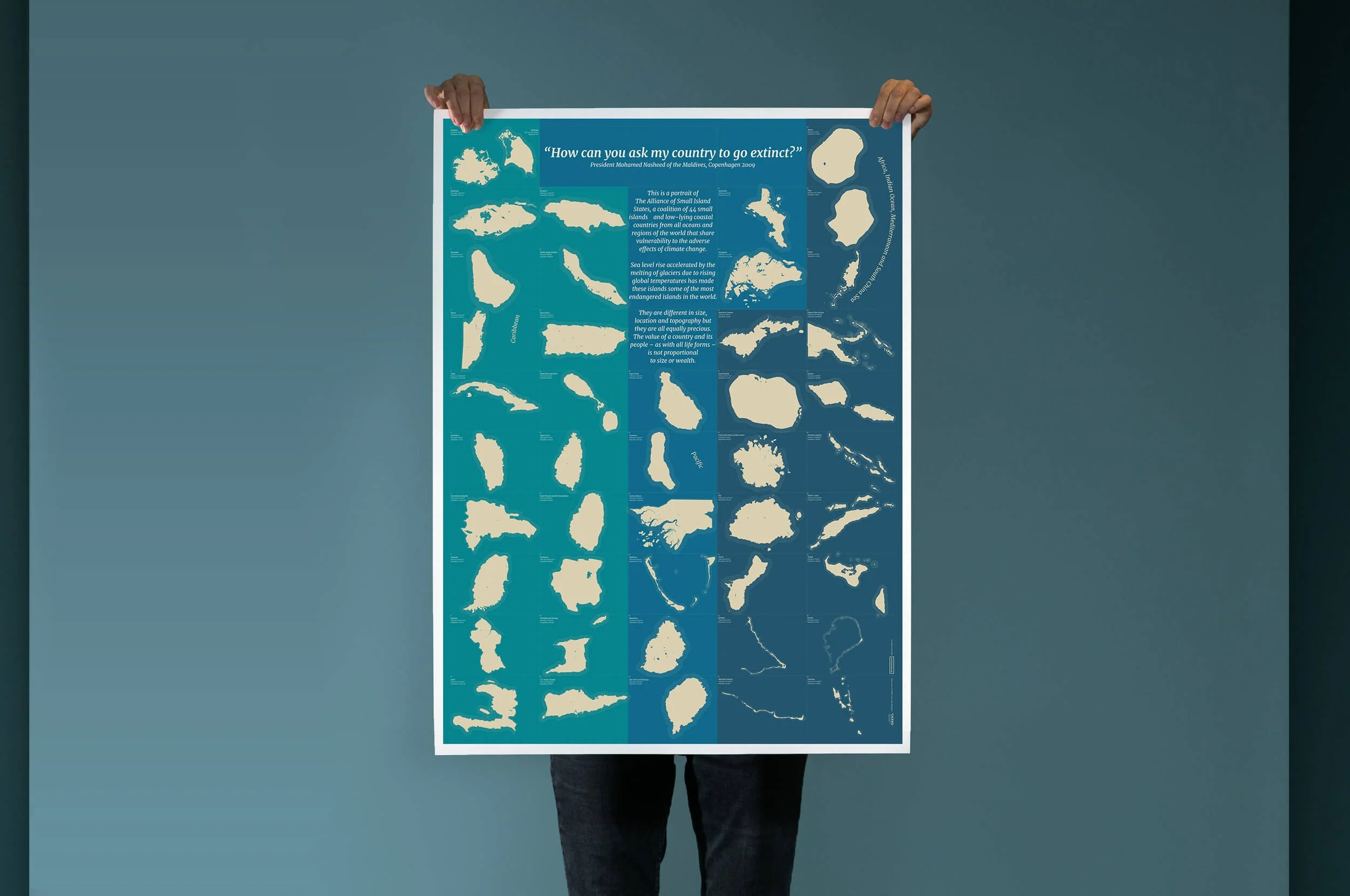A Brief History of the 1.5ºC Target
A project visualising the history of the 1.5°C target and its rise to fame based on years of careful groundwork by the people who share a profound precariousness to the adverse effects of climate change.

In summer 2018 Christian Bjørnæs, the communication director at CICERO, the Centre for Norwegian International Climate Research, got in touch to share an interesting project proposal.
Scientist Monica Bjermeland was at the end of exploring a research question in connection with the launch of the Intergovernmental Panel of Climate Change 1.5°C Report.
What are the origins of the 1.5°C target?
Monica had visited the UN’s annual “summer summit” on climate change in Bonn, Germany. This was her first personal meeting with the UNFCCC, the United Nations Convention on Climate Change, and as many before her, she felt somehow overwhelmed.
Not only by the multiple rooms, corridors and various formal and informal meetings taking place at all hours — she wrote — but by the stories she found on her quest for the origin of the 1.5°C target.
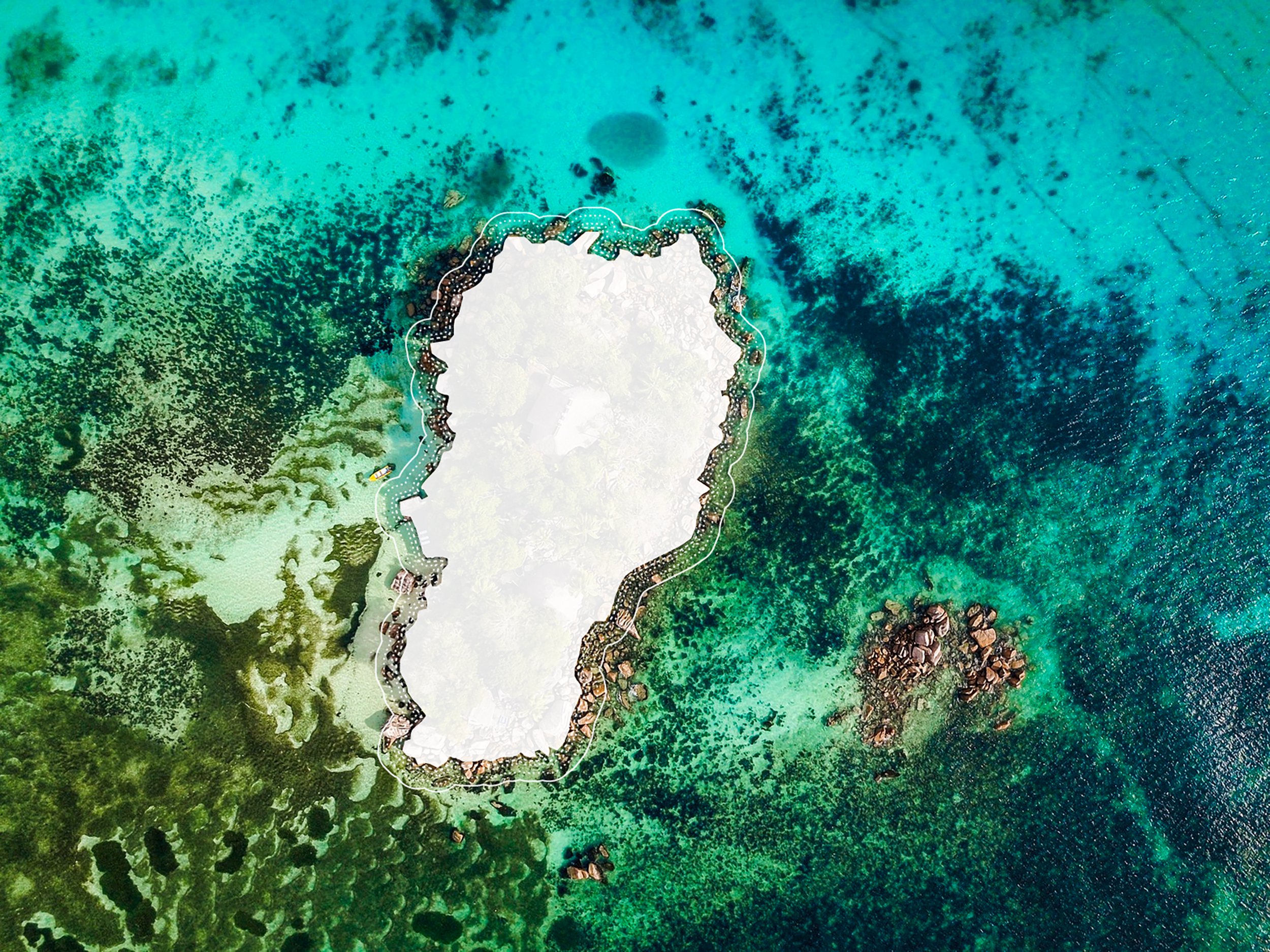
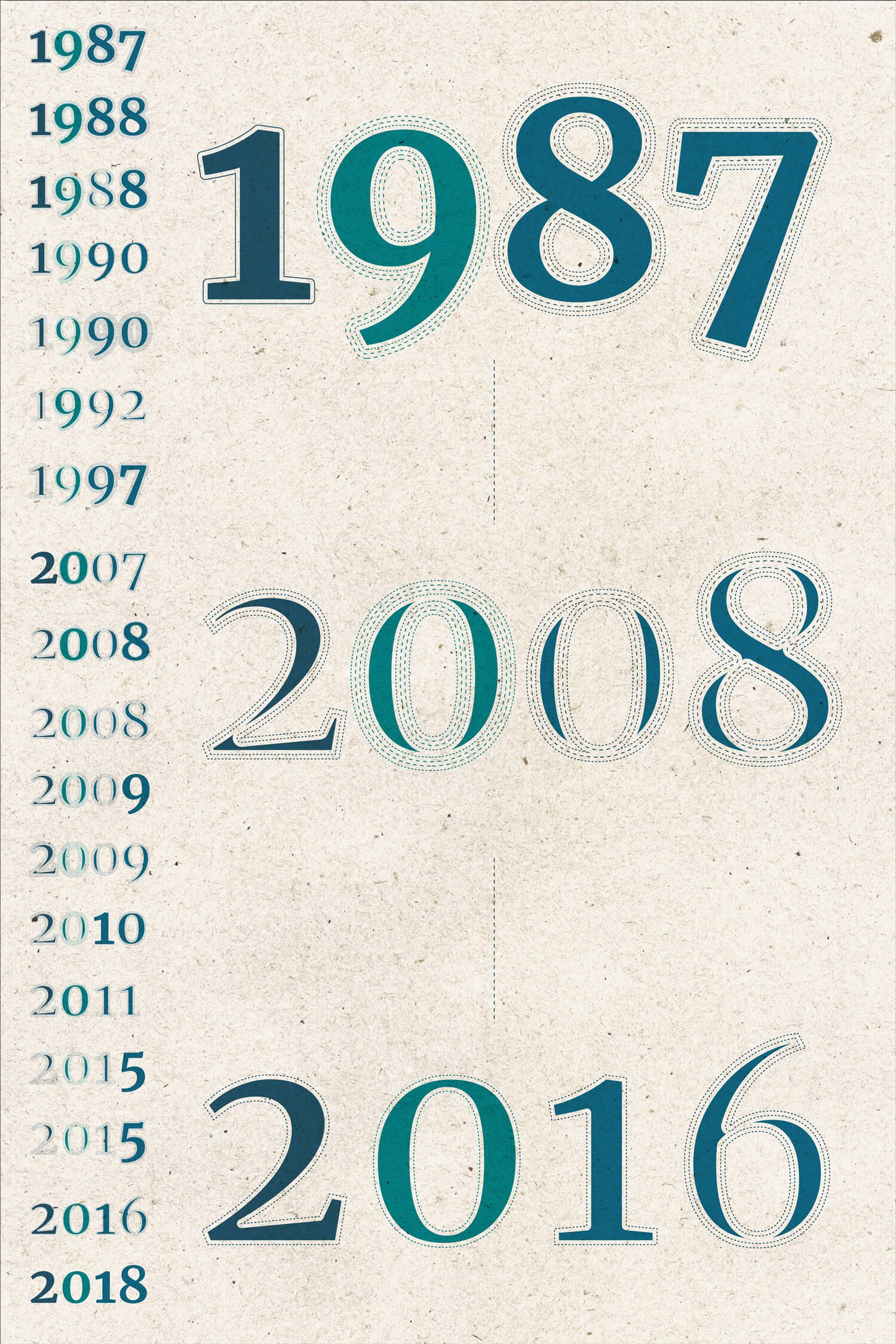

The challenge for InfoDesignLab was to dig into the qualitative data and, by co-designing with the scientists, to explore ideas of how to turn the data into a visual portrait.
From Adelle Thomas, assistant professor at the University of Bahamas and senior research associate at Climate Analytics to Carl-Friedrich Schleussner, head of climate science and impacts at Climate Analytics, from Kathrin Wessendorf, senior advisor and climate action team coordinator at International Work Group for Indigenous Affairs to Tunga Bhadra Rai, national coordinator at the Nepal Federation of Indigenous Nationalities; from Diarmid Cambell-Lendrum, climate change and health team leader at the World Health Organization to Lakpa Nuri Sherpa, coordinator of Environment Programme at Asia Indigenous Peoples Pact and many more, the data consisted of pages of interviews to the most eager proponents of the 1.5°C target.
The initial idea was to do a thorough analysis of the interviews highlighting key indicators and using those indicators to design a map of the content.
It was a very good starting point. After digging into the material, after listening to the audios, after discussing with Monica the core messages multiple times, it was clear that the goal would be to give the stage to the indigenous people rather than visualising the key indicators of the interviews across different actors.
This was the seed of the idea of creating a timeline.
It was a revelatory moment to realise that there was one common element behind the history of the 1.5°C target. Its rise to fame is built on years of careful groundwork by people who share a profound precariousness to the adverse effects of climate change.
Through the timeline of a brief history of the 1.5 °C target readers would discover that this target is, in fact, the result of years of groundwork by vulnerable countries, campaigning for a stricter warming limit. The timeline would link to the interviews that have the indigenous and most vulnerable people as a main thread throughout the discussion. We did a lot of research and drafted the time-points that would populate the timeline. With the help of Monica the copy has been lifted to a final level. The help of Eilif Ursin Reed has been important in order to understand how to better use the existing web CICERO platform to present the material.
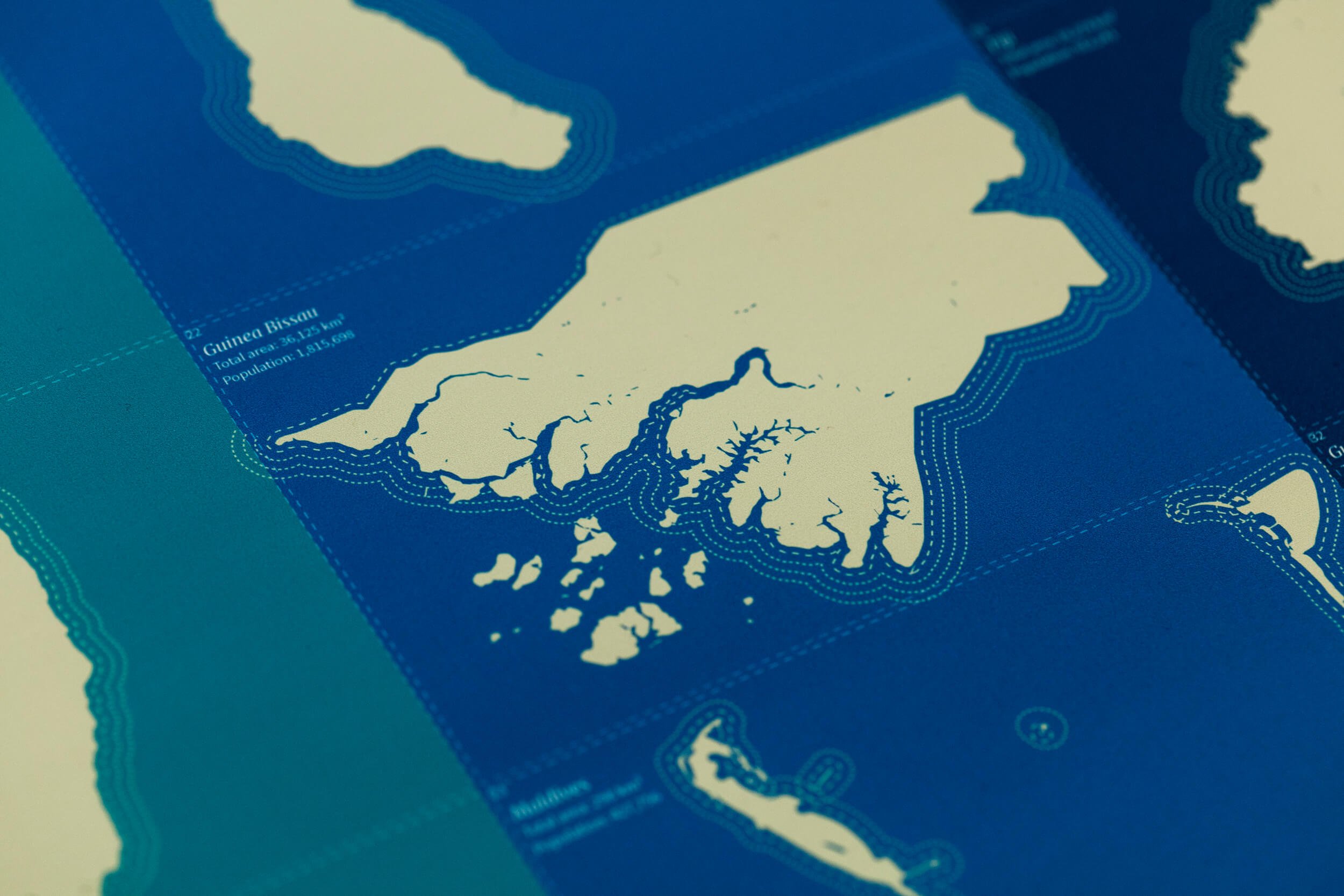
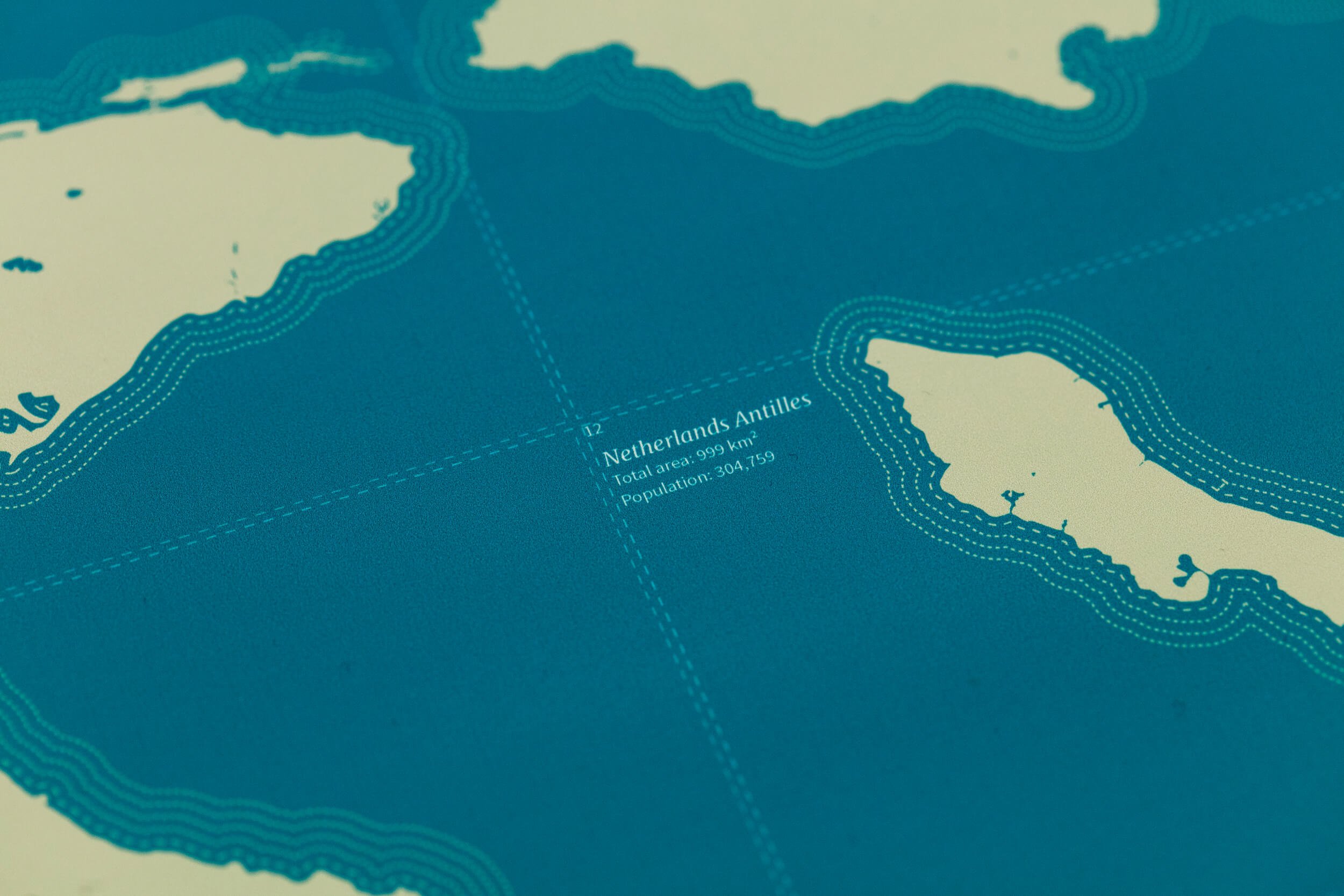
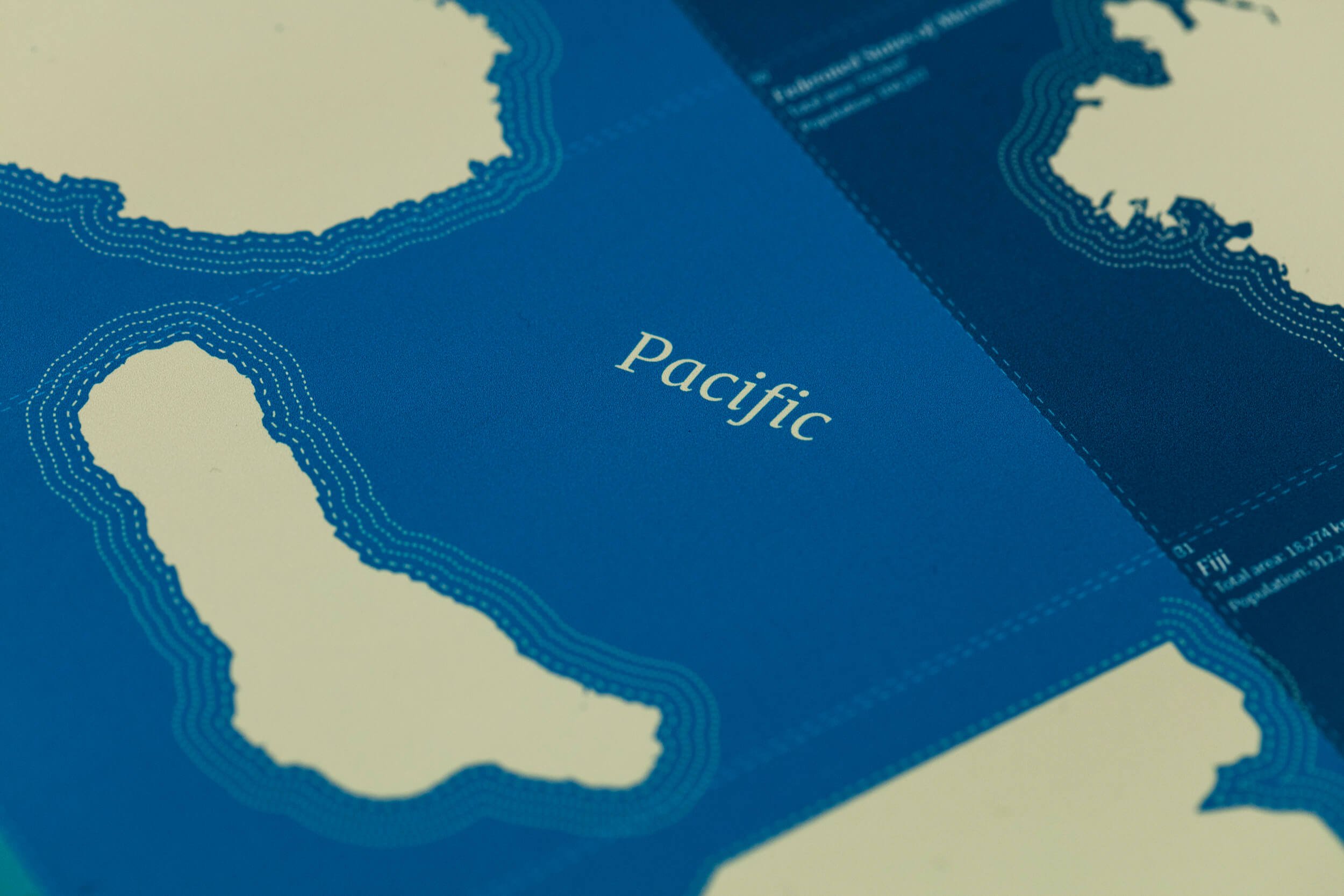
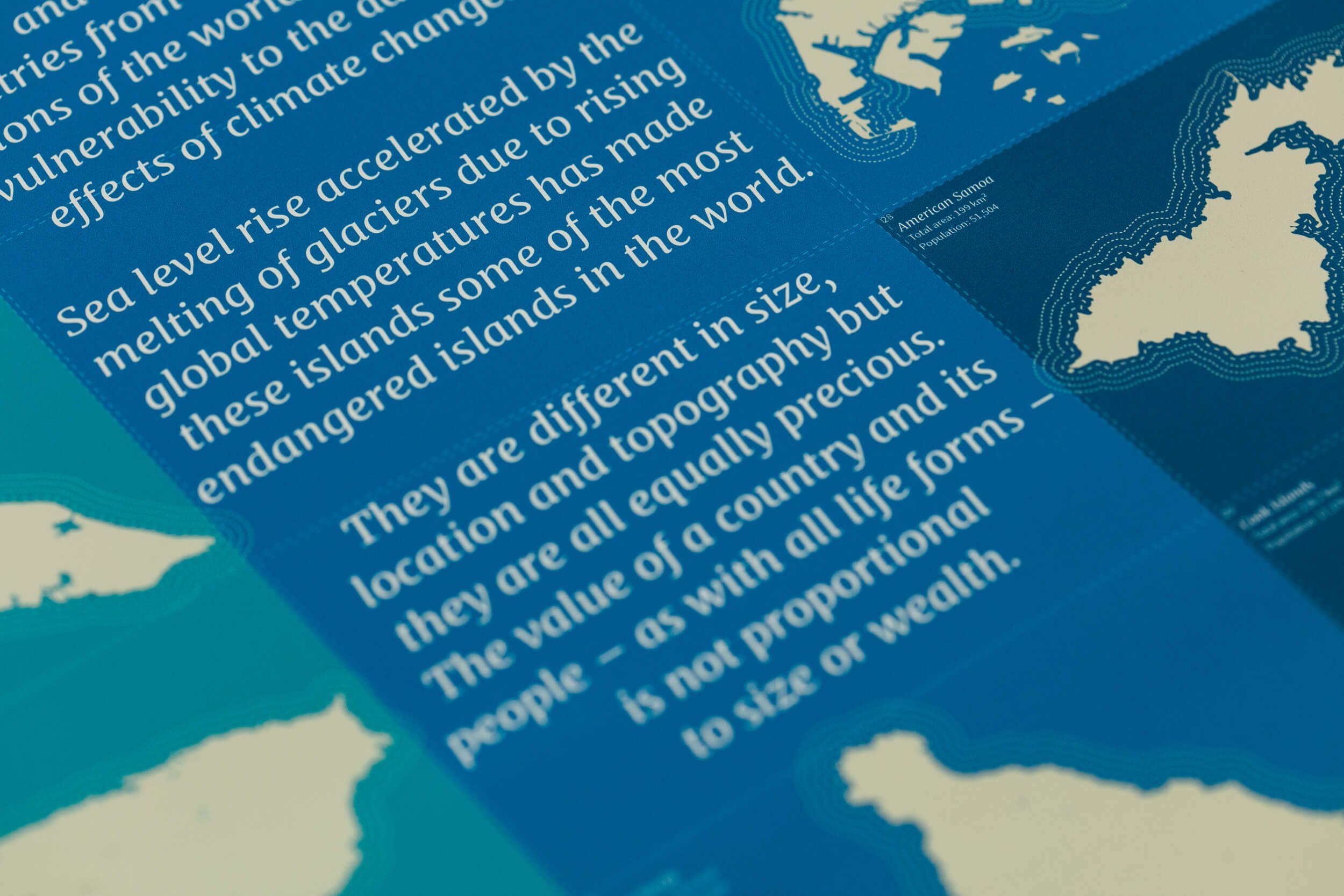
We then embarked on the idea of creating a portrait of the Alliance of Small Island States (AOSIS), a coalition of 44 small islands and low-lying coastal countries from all oceans and regions of the world that share vulnerability to the adverse effects of climate change.
Sea level rise accelerated by the melting of glaciers due to rising global temperatures has made these islands some of the most endangered islands in the world. They are different in size, location and topography but they are all equally precious. The value of a country and its people — as with all life forms — is not proportional to size or wealth.
